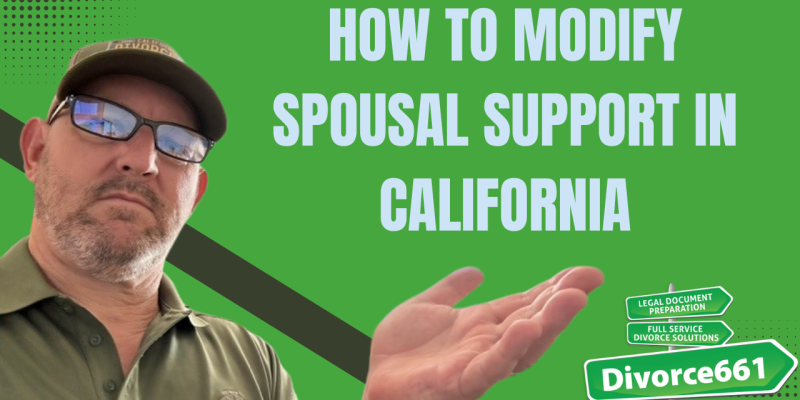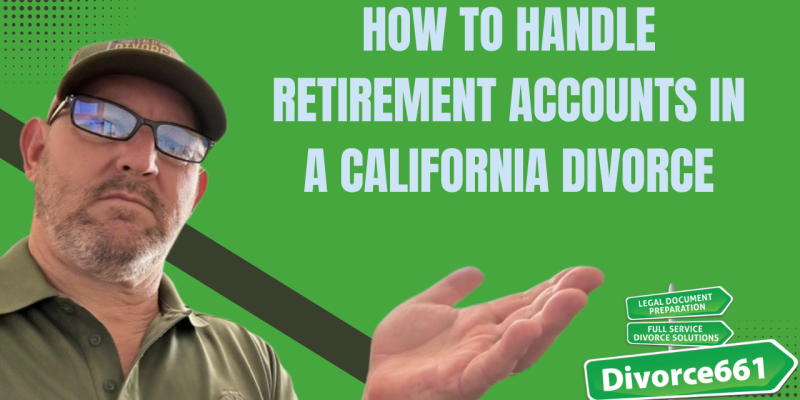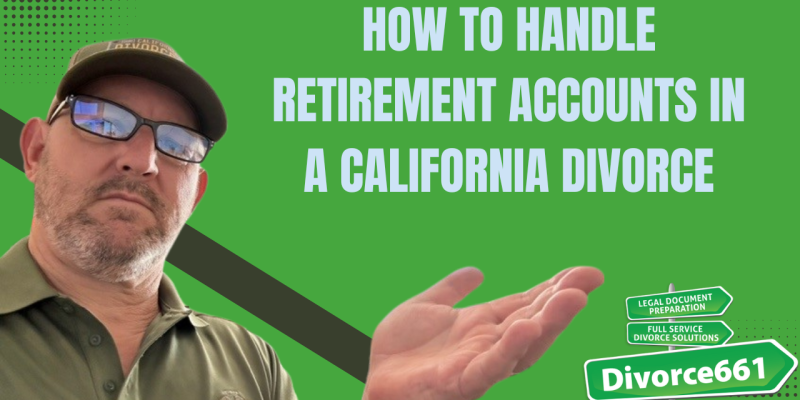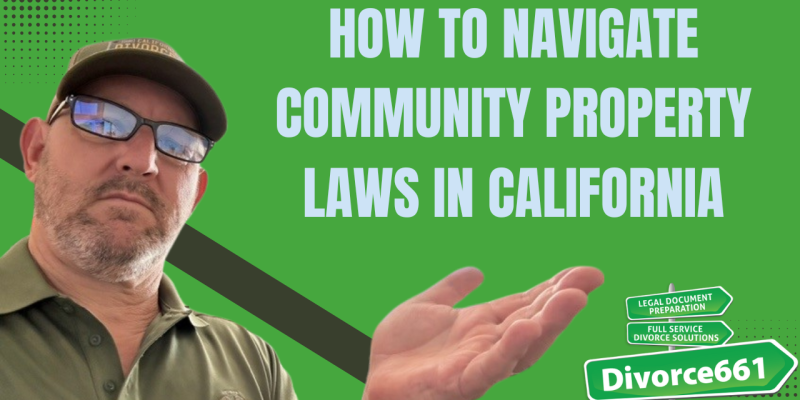How to Calculate Child Support in California?
I’m Tim Blankenship with Divorce661. If you’re facing a divorce or separation in California, one of the first—and most stressful—questions is: how much will I have to pay (or receive) in child support? The good news: it’s not a guessing game. California uses a statewide guideline formula that produces consistent results when applied correctly. Here’s a clear, practical guide to what goes into that calculation and how to make sure your numbers are accurate.
Understanding California’s Statewide Guideline Formula
The guideline is a formula designed to be fair and predictable. It primarily looks at two things:
- Each parent’s income
- The amount of time each parent spends with the child (parenting time or timeshare)
“It’s not a guessing game. There’s a specific formula.”
The formula includes wages, bonuses, commissions, and self-employment earnings. Anything that counts as regular income can affect the calculation. The intent is to capture the true financial picture of both parents so support reflects actual ability to pay and the child’s needs.
What Income Is Included?
When calculating guideline child support, the calculation considers most forms of earned income and certain types of unearned income. Common items included are:
- Wages and salaries
- Bonuses and commissions
- Self-employment income
- Regular overtime or other recurring compensation
It’s important to report these accurately. Missing or misstating income can lead to an incorrect support obligation—either too high or too low.
How Parenting Time Affects Your Obligation
Parenting time (how many nights or percentage of time a child spends with each parent) is a major factor. Generally, the more time you have with the child, the lower your child support obligation will be. That’s because greater custody time typically means you are directly paying a larger share of the child’s day-to-day expenses.
Small changes in timeshare can have a meaningful effect on the monthly amount. That’s why accurate calculation and careful documentation of parenting time are critical.
Other Expenses That Can Change the Calculation
Certain payments one parent makes on behalf of the child can reduce the guideline amount. A primary example is health insurance:
- If one parent pays the child’s health insurance premiums, that payment is considered in the guideline calculation and can lower the monthly support amount.
- Other child-related recurring expenses—when properly documented—may also be factored into negotiated agreements or the court’s determination.
Real Case Example
Here’s a brief example from our practice that shows how much difference accurate calculations and circumstances can make:
- A father feared he would owe over $1,000 per month.
- Using court-approved software and accurate inputs, we calculated the guideline amount at under $500 per month.
- Why the big difference? He had nearly 50% custody and was paying the child’s health insurance—both significantly reduced his obligation.
That example illustrates two lessons: custody time matters, and documenting payments like insurance matters.
Why Using the Right Tools Matters
Court-approved calculators apply the statewide guideline consistently. Using those same tools ensures the numbers you rely on are the ones a judge or family law facilitator will see. Without accurate tools and inputs, you risk overpaying or underestimating what the court might order.
At Divorce661, we run the same calculations courts use so clients get precise figures—not rough estimates. That precision helps you make informed decisions and avoid surprises at filing or in court.
Can You Agree to a Different Amount?
Yes. If both parents agree to a different child support amount than the guideline result, you can document that agreement and submit it to the court for approval. Families adjust guideline amounts for many legitimate reasons, but the agreement should be clear, documented, and ideally reviewed by a professional to ensure it’s enforceable and in the child’s best interest.
We help clients understand their options, negotiate if needed, and prepare the proper paperwork so any negotiated arrangement is legally sound.
Take Control—Get It Right the First Time
Child support calculations can feel overwhelming, but with the right information and tools you don’t have to guess. Accurate inputs, reliable software, and attention to custody and documented expenses will give you the clearest result.
No stress, no guesswork. If you want help calculating child support the right way, visit divorce661.com for a free consultation. We’ll run the numbers using the same tools courts use and explain what affects your calculation so you can make informed choices.
Final thought
Child support is about fairness for parents and stability for children. Understand the formula, gather accurate income and timeshare information, document expenses like health insurance, and use court-approved tools so your outcome reflects reality—not guesswork.










